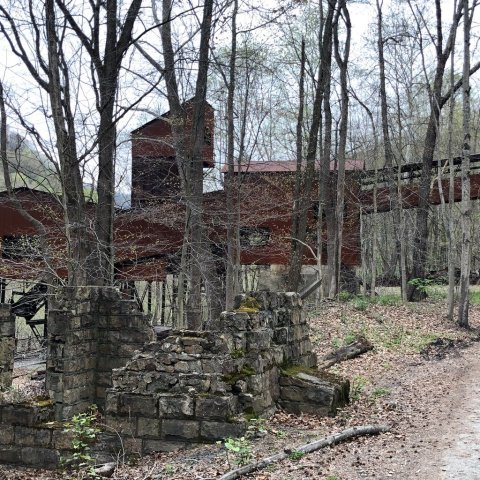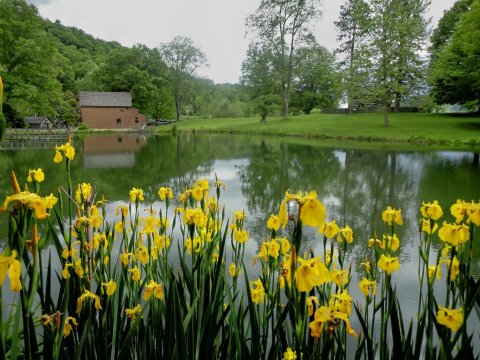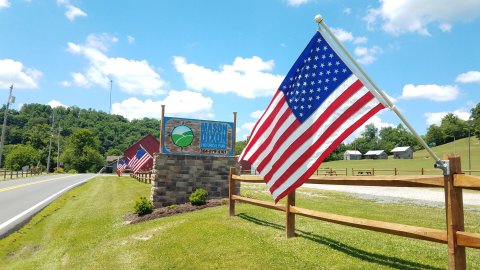These 12 Rare Photos Show West Virginia's Mining History Like Never Before
December 6th is officially designated as Miner’s Day in the state of West Virginia, but this culturally-defining industry deserves year-round recognition. To recognize and celebrate the family and community members that built this local industry, we’ve gathered a number of photos of West Virginia’s mining history. Take a look at these historic photos for a glimpse of the hard work, risk, and dedication from coal miners and their families throughout our state’s history. West Virginia wouldn’t be the same without them.




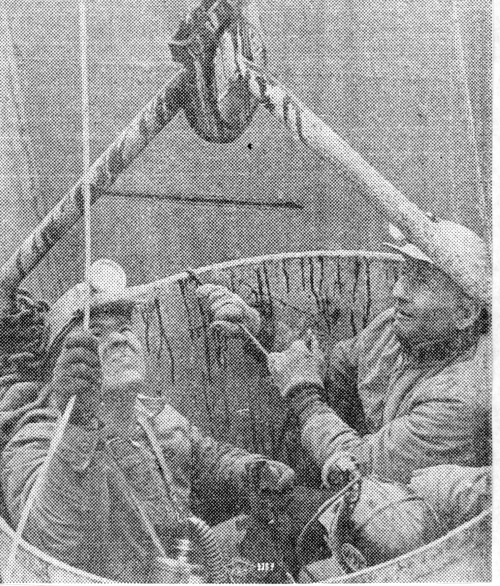



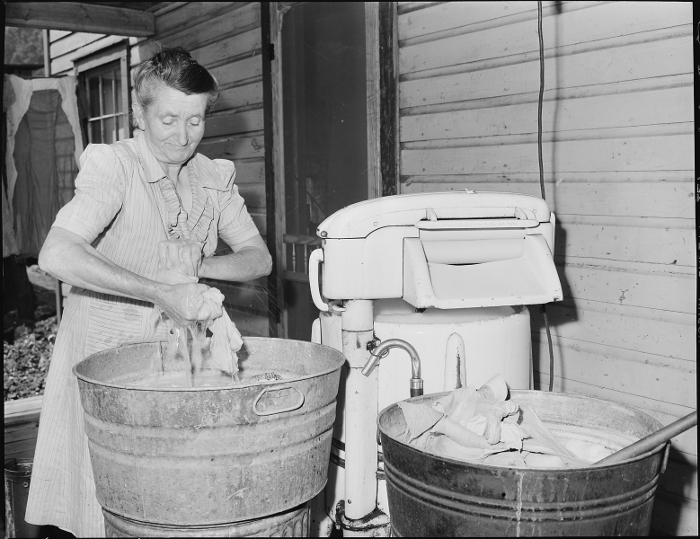
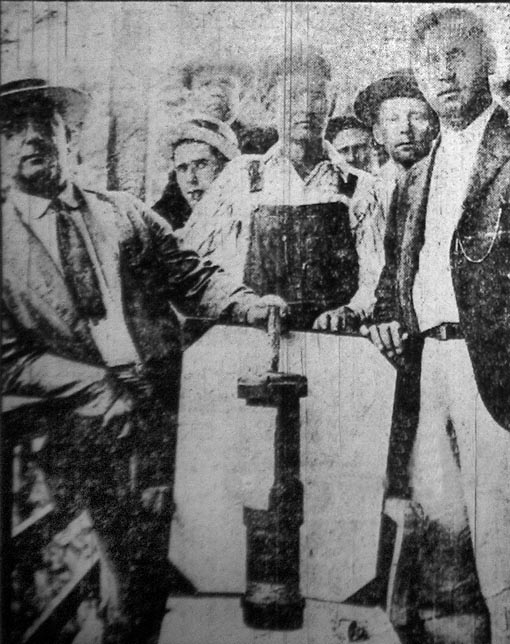


What do you think of these photos of West Virginia’s mining history? If you’re anything like many local families, you probably have a few family photos of your own. Share your thoughts on this piece in the comments!
For an up close look at West Virginia’s coal history, take a ride in a coal car at the Beckley Exhibition Mine.
OnlyInYourState may earn compensation through affiliate links in this article. As an Amazon Associate, we earn from qualifying purchases.
More to Explore
Photos Of West Virginia's Mining History
What is West Virginia known for?
Coal mining is one of many things that The Mountain State is known for, but it has a lot of other things to offer. Southern hospitality, comfort food, and gorgeous views are a few of the luxuries we have to offer.
How has West Virginia changed over the years?
Indigenous peoples have populated this state since as early as 100 BCE, and the landscape was surveyed by Europeans in the 1670s. West Virginia was admitted to the Union in 1863, at a time when the population was circa 377,000. Today, nearly 2 million residents call this state home.
Can I hike to historical sites in West Virginia?
You can find all sorts of beautiful hikes in WV, and some of them hide historic treasures. There's a hike to an abandoned coal town that you might enjoy; it's called Nutallburg and it features ruins and structures from the old settlement.


